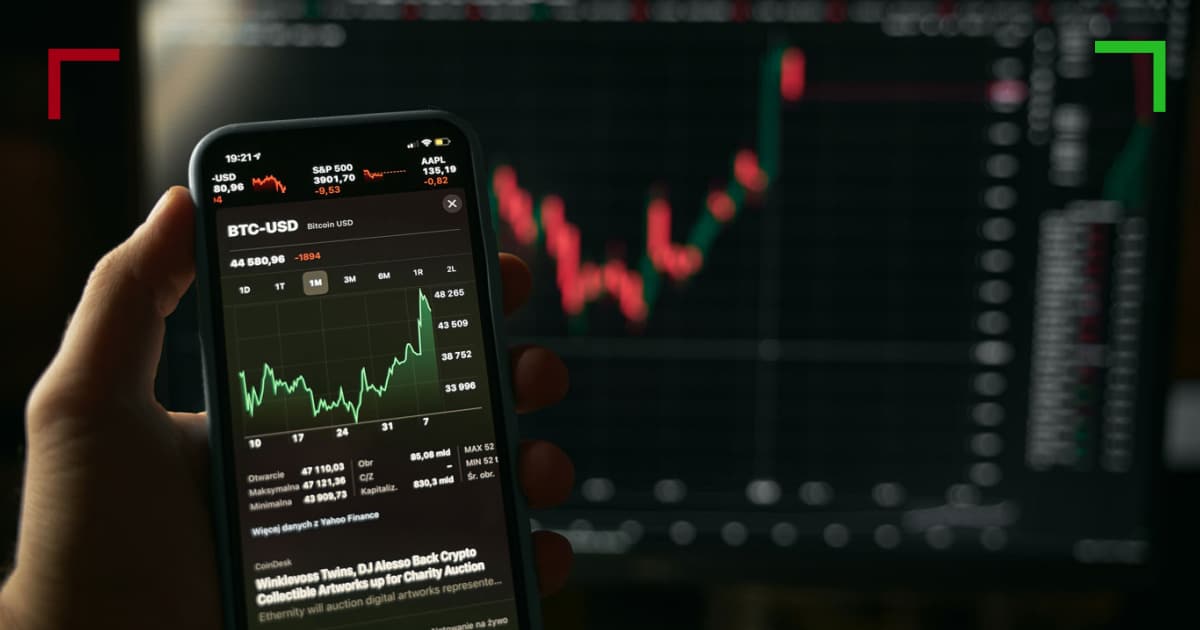
Understanding and Utilizing Crypto Trading Indicators
In the fast-evolving world of cryptocurrency, having a solid understanding of trading indicators is essential for success. Traders rely on tools and metrics to make educated decisions, manage risks, and spot potential market movements. Many indicators can assist traders, whether they are novices or seasoned professionals. In this article, we will delve deep into various crypto trading indicators and provide insights on how to effectively use them in your strategy. For more detailed insights into trading regulations, Crypto Trading Indicators click here.
The Importance of Trading Indicators
Trading indicators serve as essential aids in analyzing the market and formulating strategies. They prove instrumental in:
– **Identifying Trends**: Indicators help you discover market trends – whether assets are in a bullish or bearish phase.
– **Spotting Entry and Exit Points**: Timing is critical in trading; indicators guide traders on when to enter or exit positions based on potential market movements.
– **Managing Risks**: Equipped with indicators, traders can set stop-loss levels and manage their risk tolerance more effectively.
– **Making Informed Decisions**: Indicators reduce guesswork. By relying on data-driven insights, traders can make decisions aligned with the market’s behavior.
Common Types of Crypto Trading Indicators
There are numerous trading indicators, but the most commonly utilized ones include:
1. Moving Averages (MA)
Moving averages are fundamental indicators that smooth out price data over a specified period. They help identify the direction of the trend. The two primary types are:
– **Simple Moving Average (SMA)**: This is calculated by taking the average price over a set number of days. For instance, a 20-day SMA would average the last 20 closing prices.
– **Exponential Moving Average (EMA)**: EMA gives more weight to the most recent prices and responds more quickly to price changes.

Using moving averages, traders can identify support and resistance levels, confirm trends, and get signals for entering or exiting trades.
2. Relative Strength Index (RSI)
The Relative Strength Index (RSI) is a momentum oscillator that measures the speed and changes of price movements. Ranging from 0 to 100, it indicates whether an asset is overbought (above 70) or oversold (below 30). When used effectively, RSI can signal potential trend reversals.
3. Moving Average Convergence Divergence (MACD)
The MACD is a trend-following momentum indicator that shows the relationship between two moving averages of an asset’s price. It consists of:
– **MACD Line**: The difference between the 12-day and 26-day EMA.
– **Signal Line**: A 9-day EMA of the MACD Line.
– **Histogram**: Represents the difference between the MACD Line and the Signal Line.
Traders can observe crossovers, divergences, and trends in the histogram to evaluate potential entry and exit points.
4. Bollinger Bands
Bollinger Bands are volatility indicators that consist of a middle band (SMA) and two outer bands (standard deviations above and below the SMA). The bands widen or contract based on market volatility. When the price touches the upper band, it may indicate an overbought condition, while touching the lower band may suggest overselling.
5. Volume Indicators
Volume indicators measure the amount of an asset traded in a given timeframe. High trading volume often accompanies price movements, confirming trends and indicating the strength behind price changes. Popular volume indicators include:
– **On-Balance Volume (OBV)**: Measures buying and selling pressure by accumulating volume for up days and subtracting volume for down days.

– **Accumulation Distribution Line**: Combines price and volume, focusing on closing prices to provide insight into whether an asset is being accumulated or distributed.
How to Use Trading Indicators Effectively
While indicators are powerful tools, they must be used thoughtfully and carefully. Here are some guidelines:
1. Combine Indicators
Relying on a single indicator can lead to misleading signals. Consider combining indicators, like using RSI to confirm moving average crossovers or leveraging volume indicators alongside price trends, to enhance accuracy.
2. Understand Market Context
Indicators are not foolproof. It’s essential to consider current market conditions, news events, and overall sentiment. Depending on market volatility, the same indicators can have varied effectiveness.
3. Manage Your Risk
Always implement a risk management strategy when using indicators. Set stop-loss levels based on volatility and accept that losses can occur. A disciplined approach to trading can help you navigate difficult market conditions.
4. Backtest Your Strategies
Before executing strategies based on indicators in live markets, backtest them in historical data. This process will help you understand how effective your strategy could have been and assist in refining your approach.
Conclusion
Crypto trading indicators are invaluable for anyone looking to navigate the complex world of cryptocurrency trading. By understanding and utilizing indicators such as moving averages, RSI, MACD, Bollinger Bands, and volume indicators, traders can make informed decisions, recognize market trends, and effectively manage risk.
Remember, while indicators are helpful, they are just one part of a comprehensive trading strategy. Combining technical analysis with a fundamental understanding of the market can lead to greater success. Continuously educate yourself, and practice disciplined trading to enhance your skills in the cryptocurrency market.